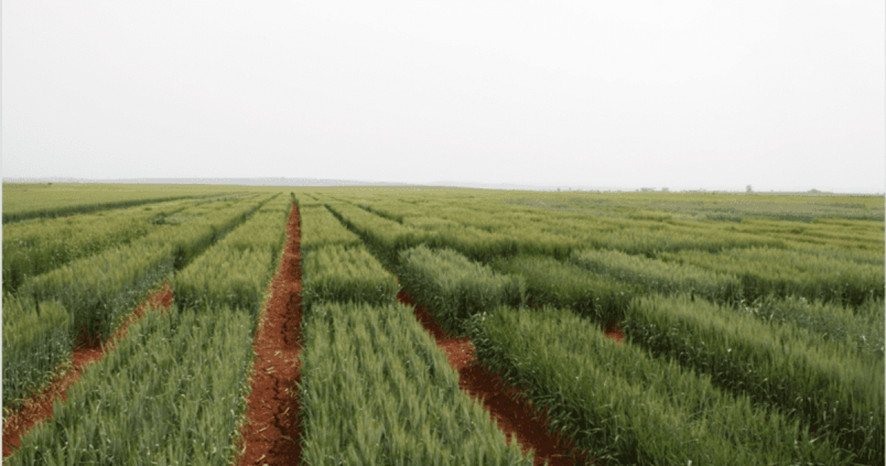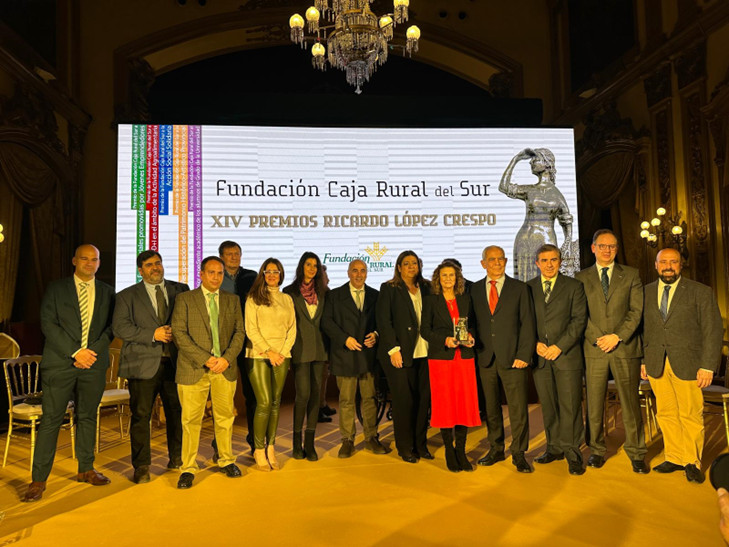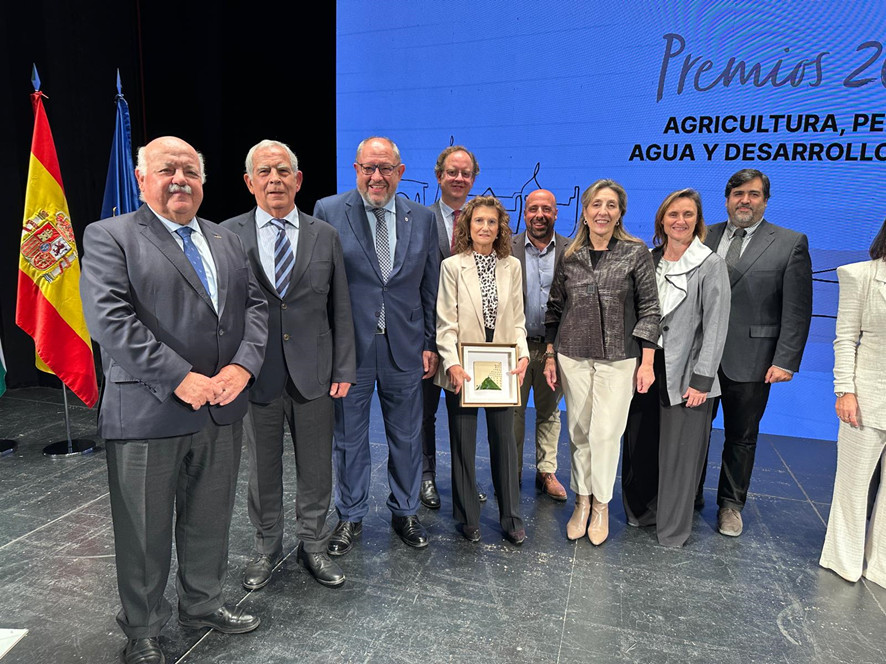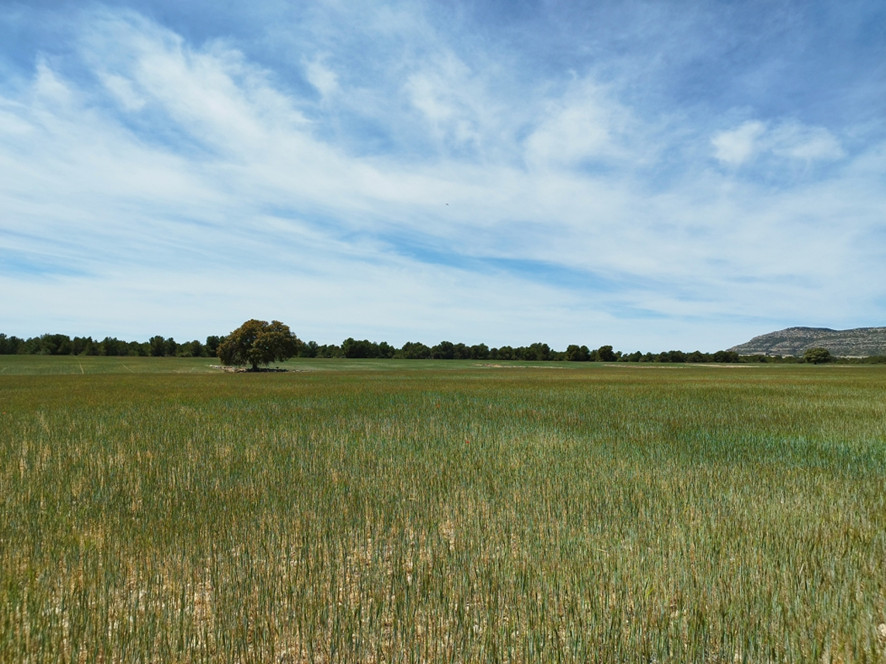Direct Seeding and Cover Crops: The Latest Advances in Carbon Farming

Climate change is widespread, rapid and intensifying, says latest IPCC report
2021-12-15
Advances in Andalusian Agriculture Against Climate Change
2023-03-31Direct Seeding and Cover Crops: The Latest Advances in Carbon Farming
The eco-schemes of the new CAP (Common Agricultural Policy) include four practices that fall within the scope of carbon farming. A study by the Ministry of Agriculture, Fisheries, and Food (MAPA) confirms the progress of key techniques that contribute to the net capture of carbon in agricultural lands over the past decade. Both direct seeding and cover crops help reduce CO₂ emissions from agricultural activities and improve soil structure while mitigating erosion and desertification.
The document “Carbon Farming: Direct Seeding and Cover Crops”, recently published on the Ministry’s website, summarizes the main findings of the analysis on the evolution of these practices. Additionally, for the first time, it includes information on the yields obtained with direct seeding, MAPA explained in a statement.
Data from Esyrce
Based on data from the Survey on Crop Areas and Yields in Spain (Esyrce), the use of cover crops has increased by 15%, and direct seeding by 65% over the last decade.
In 2021, cover crops occupied 1.35 million hectares of agricultural land, representing 25% of the total area of tree crops. Spontaneous cover crops are the predominant technique, particularly in olive groves, where they cover 781,026 hectares (28% of the total olive grove area).
Meanwhile, direct seeding in Spain reached 845,000 hectares, with significant implementation in cereal crops (nearly 750,000 hectares), accounting for 12% of the total cereal cultivation area.
Yields
A comparison of yields obtained from direct seeding plots versus conventional seeding plots suggests that, between 2017 and 2021, the differences in average yields were minimal.
For winter cereals, yields were only 0.6% higher with conventional seeding in rainfed areas, while in irrigated lands, direct seeding produced yields 1.4% higher.
Among the national initiatives promoting carbon farming, it is worth highlighting that Spain's Strategic Plan for the Common Agricultural Policy (CAP) includes nine schemes aimed at benefiting the climate and the environment, among other measures supporting carbon farming.
According to MAPA, these eco-schemes include four practices within the scope of carbon farming: extensive grazing, Conservation Agriculture with direct seeding, spontaneous or sown cover crops, and inert mulch from pruning residues.
This post is also available in: Español (Spanish)




